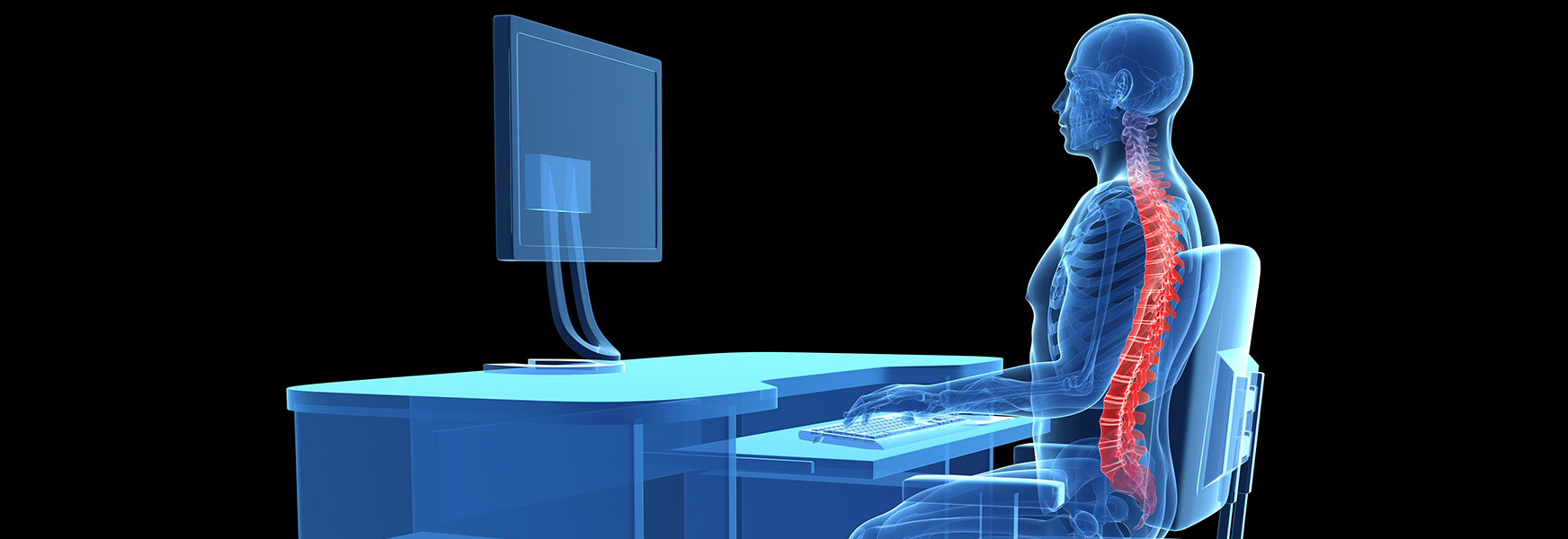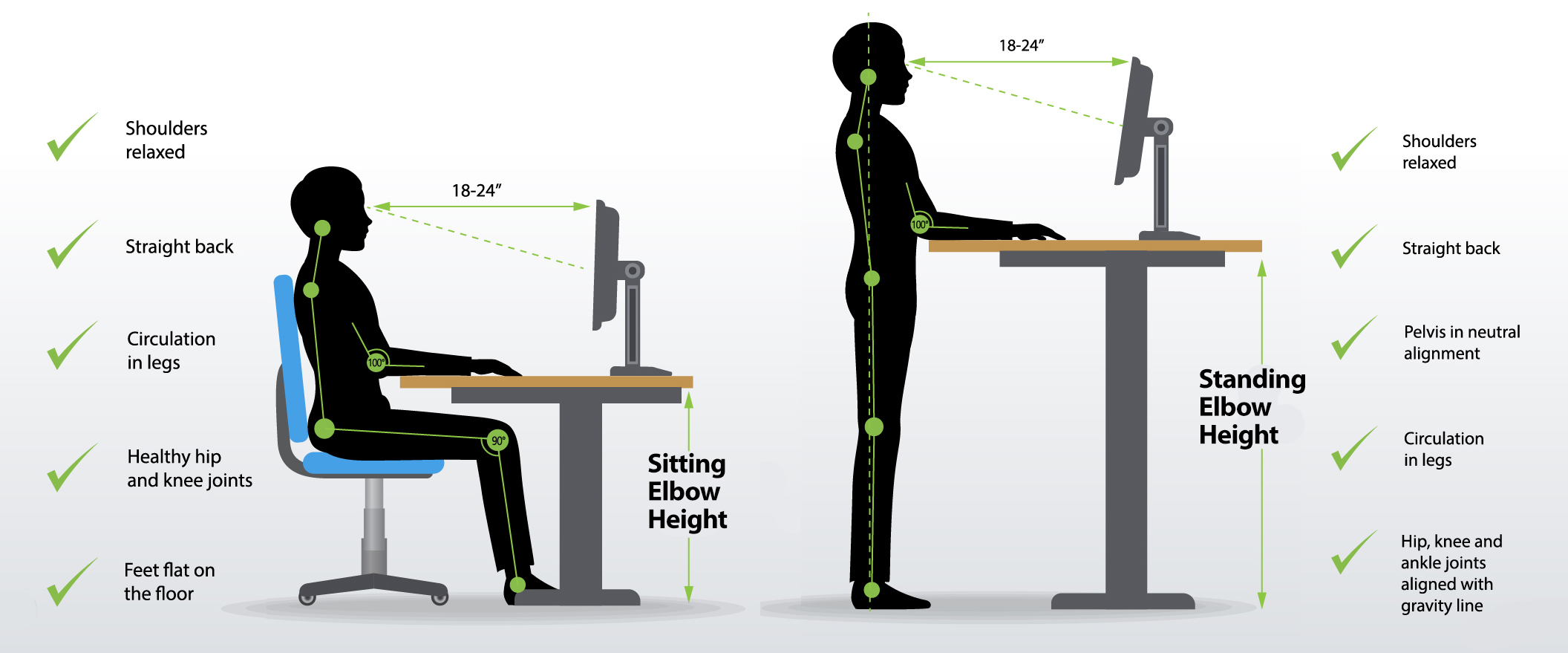Ask the Ergonomist - Should I have a ball at work?

I am frequently asked, “Should I use a yoga ball instead of a chair?” At this point, many have heard of using an inflatable ball because it is purported to activate core muscles and improve back posture. So let’s toss that idea around a little.
Early research showed that trunk activation was increased when sitting on a yoga ball in comparison to sitting in an office chair. However, prolonged sitting of more than one hour led to an increase in reports of discomfort. Lumbar compression increased in comparison to sitting in a chair. Overall, the disadvantages outweighed the minimal advantages.
Additionally, adjusting a yoga ball for individual needs is problematic – the only way to adjust the yoga ball is to inflate or deflate the ball. Considering that air pressure changes with temperature and weather (just ask Tom Brady) it can be difficult to maintain the adjustments. One day the ball may be higher and the next day, it may be lower.
Floors are often not level and this increases the risk for falling off the yoga ball. When partially offloading weight such as when reaching for a telephone, the ball may move on an uneven floor. When returning full-weight to the ball, the ball may be unstable and result in a fall.
If using a ball, many still retain a traditional chair so now they have the additional problem of finding a place to store the ball when not in use. They are bulky and take up a lot of room!
The follow-up question is inevitably, “What if I put my yoga ball in a stand that includes a back rest and wheeled base? Won’t this address the problems with uneven floors and back discomfort?” If the ball goes in a stand, it reduces the amount of core muscle activation – the small benefits that encouraged people to try the ball in the first place. Now people can relax against the seat back and slouch just like any other chair while still having the drawbacks of poor adjustability. Some stands do have minimal adjustability – so rather than inflating or deflating the ball, risers can be added or removed to the stand itself to adjust the height. But if the ball chair doesn’t offer any significant advantage, why use it? Is there a way to get the benefits of a yoga ball without using one?
First, you can change posture frequently – alternate between sitting and standing, walk around the office, put your printer across the room, stand to talk on the telephone. These posture changes will increase circulation, release muscle tension, and reduce low-back compression.
Secondly, adjust your current chair so your elbows are at keyboard height, and bring your keyboard and mouse closer to your torso. There should be approximately a 90-degree bend at the elbows as shown in this diagram.

Thirdly, if you still are interested in getting the experience of a yoga ball, try a wobble cushion. A wobble cushion is a sturdy air-filled rubber disc, about the size of a flattened beach ball, strong enough to sit on. This device is inexpensive at about $15, and are widely available at online and traditional retailers. Place the wobble cushion on your existing office chair and lower the chair to compensate for the additional height of the wobble cushion. When not in use, they can be easily stored in a drawer or beneath a desk. Try using the wobble cushion for up to 30-minutes during your work day.
In summary, a yoga ball can be great for yoga and home fitness, but it is not an appropriate substitute for a chair in an office environment. So although we’d all like to have a ball at work, this probably isn’t the way to do it. Click here for more of our office ergonomics safety blogs.
